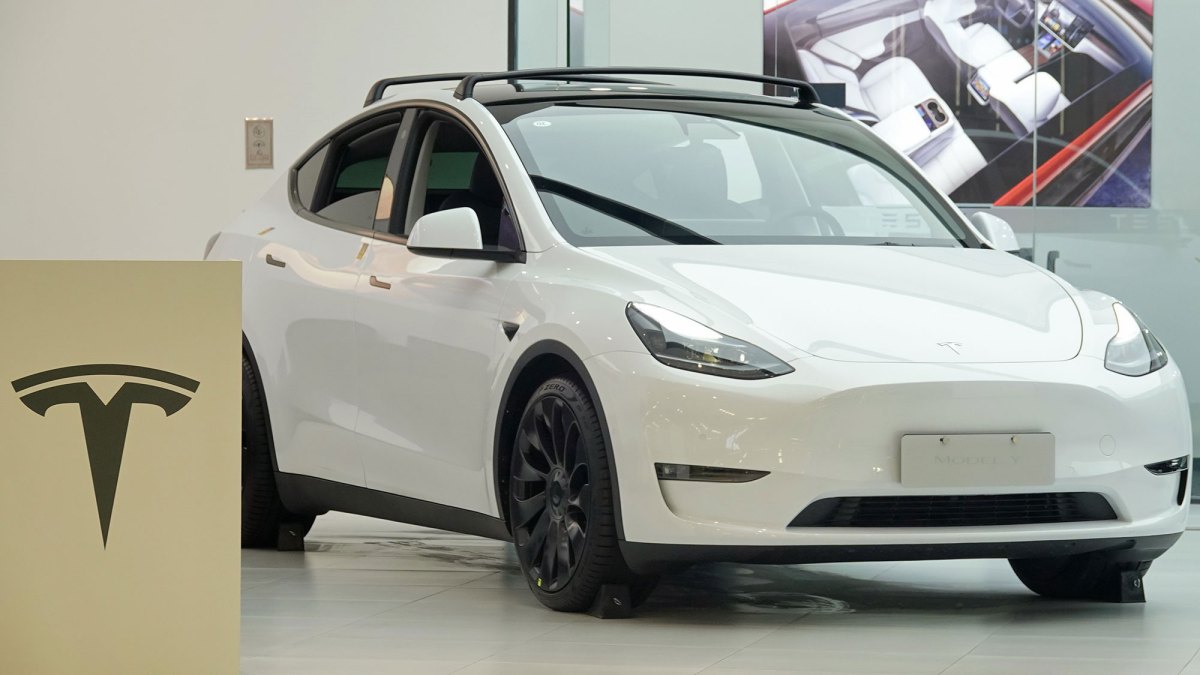The researchers will present their research next week at the Black Hat cybersecurity conference in Las Vegas.
Christian Werling, one of the three students at Technische Universität Berlin who conducted the research along with another independent researcher, said that their attack requires physical access to the car, but that’s exactly the scenario where their jailbreak would be useful.
“We are not the evil outsider, but we’re actually the insider, we own the car,” Werling told TechCrunch in an interview ahead of the conference. “And we don’t want to pay these $300 for the rear heated seats.”
The technique they used to jailbreak the Tesla is called voltage glitching. Werling explained that what they did was “fiddle around” with the supply voltage of the AMD processor that runs the infotainment system.
“If we do it at the right moment, we can trick the CPU into doing something else. It has a hiccup, skips an instruction and accepts our manipulated code. That’s basically what we do in a nutshell,” he said.
With the same technique, the researchers said they were also able to extract the encryption key used to authenticate the car to Tesla’s network. In theory, this would open the door for a series of other attacks, but the researchers said they still have to explore the possibilities in this scenario.
The researchers said they were also able to extract personal information from the car such as contacts, recent calendar appointments, call logs, locations the car visited, Wi-Fi passwords and session tokens from email accounts, among others. This is data that could be attractive to people who don’t own that particular car, but still have physical access to it.
Mitigating the hardware-based attack that the researchers achieved is not simple. In fact, the researchers said, Tesla would have to replace the hardware in question.
Tesla did not respond to a request for comment.



In this particular case I think this was a one off where they needed to make the car cheaper so that it was eligible for some rebate. To do that they took the model 3 they were already making, software locked the rear heated seats, some battery capacity, and maybe some other stuff, then sold the car for just under the limit. Then of course they added the option to pay to unlock these features.
As far as I know, they are not doing this kind of thing today besides unlocking some performance, but I could be wrong. Even with the performance I think the cost mostly covers the extra stress breaking stuff under warranty.